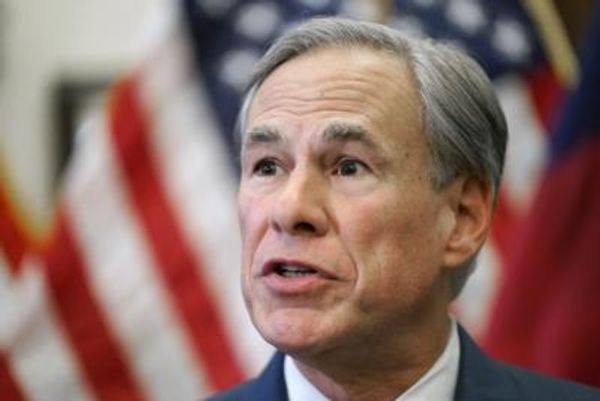
Senate Majority Leader teed up a vote this week on a budget plan that paves the way for a significant increase in defense and border security spending, leaving the tax cut debate for later this year. The move aims to secure an early policy win for President Trump and urge House Republicans to align with the Senate's plan rather than pursuing a separate, potentially lengthier effort.
Despite Trump's endorsement of the House budget resolution, the Senate is proceeding with its own proposal. The resolution, authored by the Senate Budget Committee chairman, sets the stage for approximately $342 billion in increased spending on border security, defense, and the Coast Guard over four years. The funding would be offset by reduced spending in other areas of the federal government.
The Senate's budget resolution advanced out of committee on a party-line vote, directing various Senate committees to increase spending in specific areas. The Senate is now engaged in a 50-hour debate on the plan, with a 'vote-arama' expected to follow, where senators will propose amendments and engage in a series of rapid votes.
Once a budget plan is approved, committees will draft legislation in line with their instructions. However, both the House and Senate must pass identical budget plans for the process to move forward. The House has its own momentum, with a comprehensive budget plan that includes provisions for significant tax cuts, new spending, and spending reductions elsewhere in the government.
The House plan also addresses the debt ceiling and could lead to a substantial increase in the national debt over the next decade. Speaker Mike Johnson's leadership faces a delicate balancing act, needing to navigate potential opposition from Democrats and concerns from some Republicans regarding spending cuts in programs like Medicaid.







